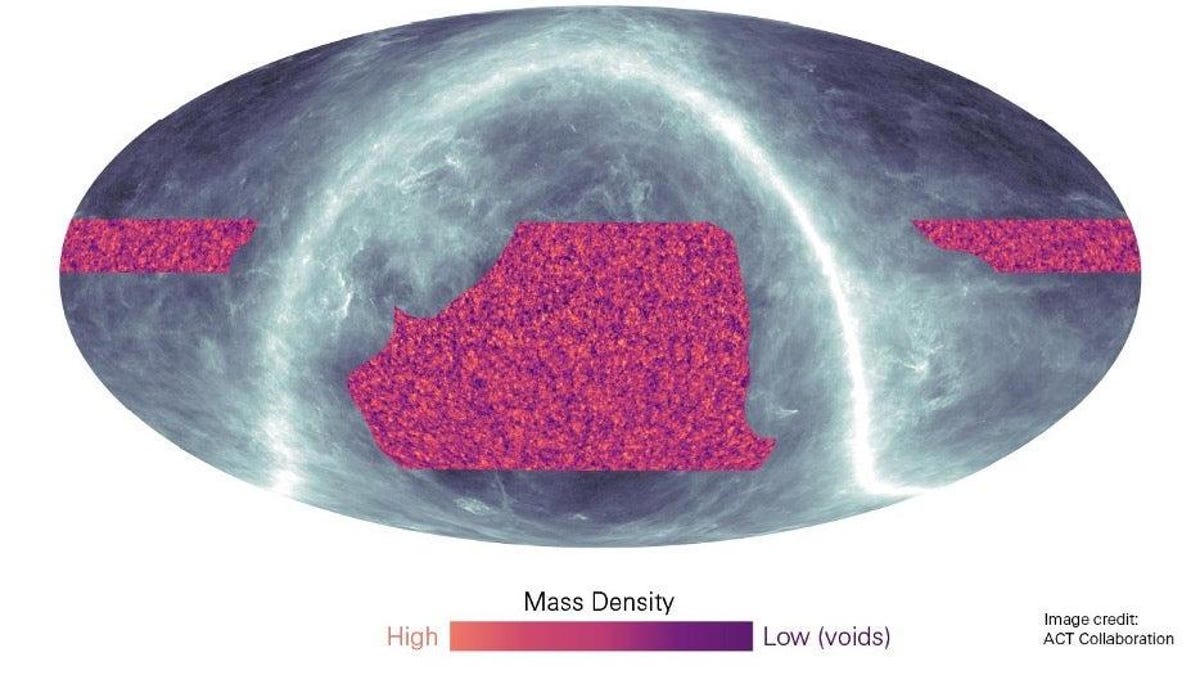[…]
On Tuesday, Google – which has answered the government’s call to secure the software supply chain with initiatives like the Open Source Vulnerabilities (OSV) database and Software Bills of Materials (SBOMs) – announced an open source software vetting service, its deps.dev API.
The API, accessible in a more limited form via the web, aims to provide software developers with access to security metadata on millions of code libraries, packages, modules, and crates.
By security metadata, Google means things like: how well maintained a library is, who maintains it, what vulnerabilities are known to be present in it and whether they have been fixed, whether it’s had a code review, whether it’s using old or new versions of other dependencies, what license covers it, and so on. For example, see the info on the Go package cmdr and the Rust Cargo crate crossbeam-utils.
The API also provides at least two capabilities not available through the web interface: the ability to query the hash of a file’s contents (to find all package versions with the file) and dependency graphs based on actual installation rather than just declarations.
“Software supply chain attacks are increasingly common and harmful, with high profile incidents such as Log4Shell, Codecov, and the recent 3CX hack,” said Jesper Sarnesjo and Nicky Ringland, with Google’s open source security team, in a blog post. “The overwhelming complexity of the software ecosystem causes trouble for even the most diligent and well-resourced developers.”
[…]
The deps.dev API indexes data from various software package registries, including Rust’s Cargo, Go, Maven, JavaScript’s npm, and Python’s PyPI, and combines that with data gathered from GitHub, GitLab, and Bitbucket, as well as security advisories from OSV. The idea is to make metadata about software packages more accessible, to promote more informed security decisions.
Developers can query the API to look up a dependency’s records, with the returned data available programmatically to CI/CD systems, IDE plugins that present the information, build tools and policy engines, and other development tools.
Sarnesjo and Ringland say they hope the API helps developers understand dependency data better so that they can respond to – or prevent – attacks that try to compromise the software supply chain.
There are already hundreds of software supply chain tools and projects, but the more the merrier. Judging by the average life expectancy of Google services, the deps.dev API should be available for at least four years.
Along similar lines, Google Cloud on Wednesday nudged its Assured Open Source Software (Assured OSS) service for Java and Python into general availability.
[…]
Source: Google debuts API to check security status of dependencies • The Register


